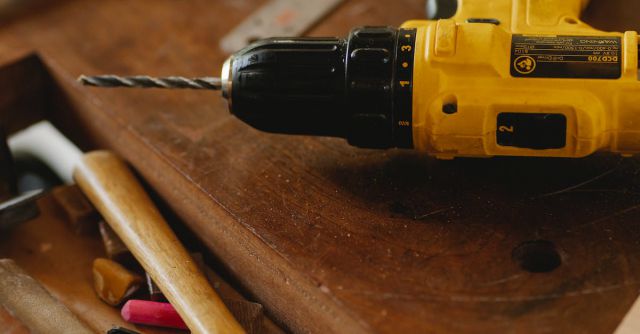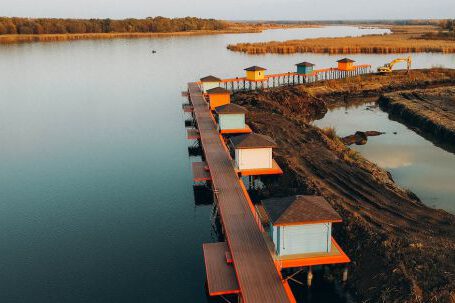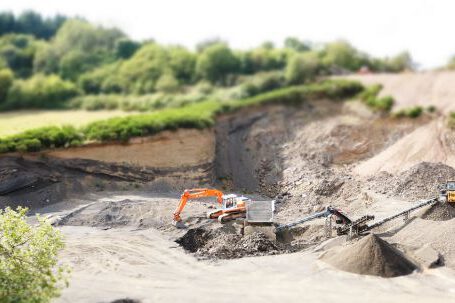High-rise construction projects are some of the most complex and demanding undertakings for the construction industry. From the planning and design stages to construction and post-construction, there are many moving parts and numerous challenges to be addressed. One of the most important aspects of managing a high-rise construction project is the logistics of transporting workers and materials. In order to streamline the logistics process, many construction companies are now turning to the use of lifts.
What Are Lifts?
Lifts, also known as elevators, are mechanical devices used to transport people and materials between floors of a building. They are designed to provide a safe, efficient, and cost-effective way to move goods and personnel around a high-rise project. Lifts are available in a variety of styles and sizes, from small, single-person lifts to large, multi-person lifts.
Benefits of Using Lifts
The use of lifts in high-rise construction projects offers a number of benefits. For starters, they reduce the amount of time and energy required to move personnel and materials between floors. This can help reduce the overall costs associated with a construction project, as well as reduce the amount of time needed for completion.
Lifts also provide a more secure and reliable method of transportation than using stairways or ladders. This is especially important for construction workers who routinely work at heights, as it eliminates the need for them to climb ladders or negotiate the stairs. In addition, lifts are outfitted with safety features such as emergency stop buttons and automatic shut-off switches, which can help to minimize the risk of accidents.
Types of Lifts
There are several different types of lifts available for use in high-rise construction projects. These can include hydraulic lifts, electric lifts, and cable lifts. Hydraulic lifts are the most common type of lift used in high-rise construction projects, as they are relatively inexpensive and relatively easy to install. Electric lifts are more expensive but offer greater power and speed than hydraulic lifts, and are often used for larger projects. Cable lifts are the most expensive type of lift, but they offer the highest level of safety and reliability.
Factors to Consider When Choosing a Lift
When selecting a lift for a high-rise construction project, there are several factors to consider. These include the size of the lift, the type of lift, the weight capacity, and the speed of operation. It is important to choose a lift that meets the specific needs of the project, as well as comply with local building codes and safety regulations.
Conclusion
The use of lifts in high-rise construction projects can help to streamline the logistics process and reduce the costs associated with the project. Lifts come in a variety of styles and sizes, and there are several factors to consider when selecting the right lift for a project. By taking the time to understand the benefits of using lifts and the different types available, construction companies can ensure that their high-rise projects are completed safely and efficiently.






